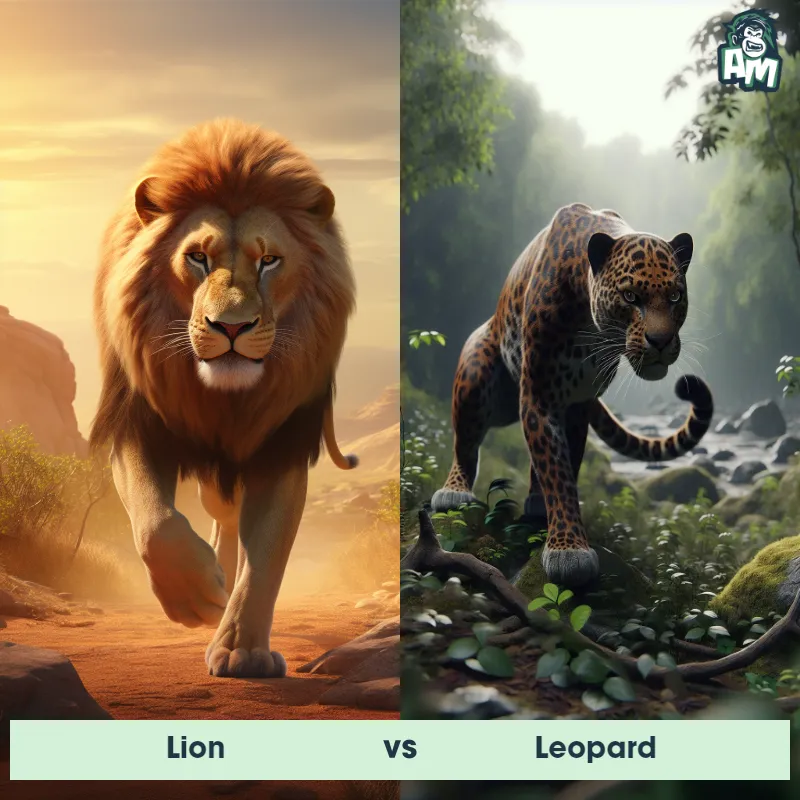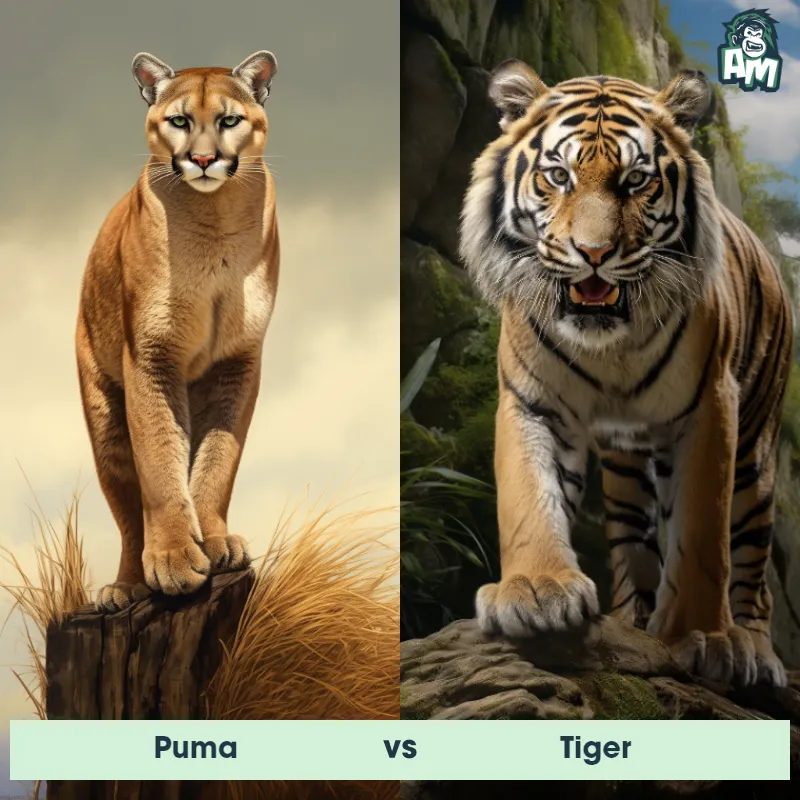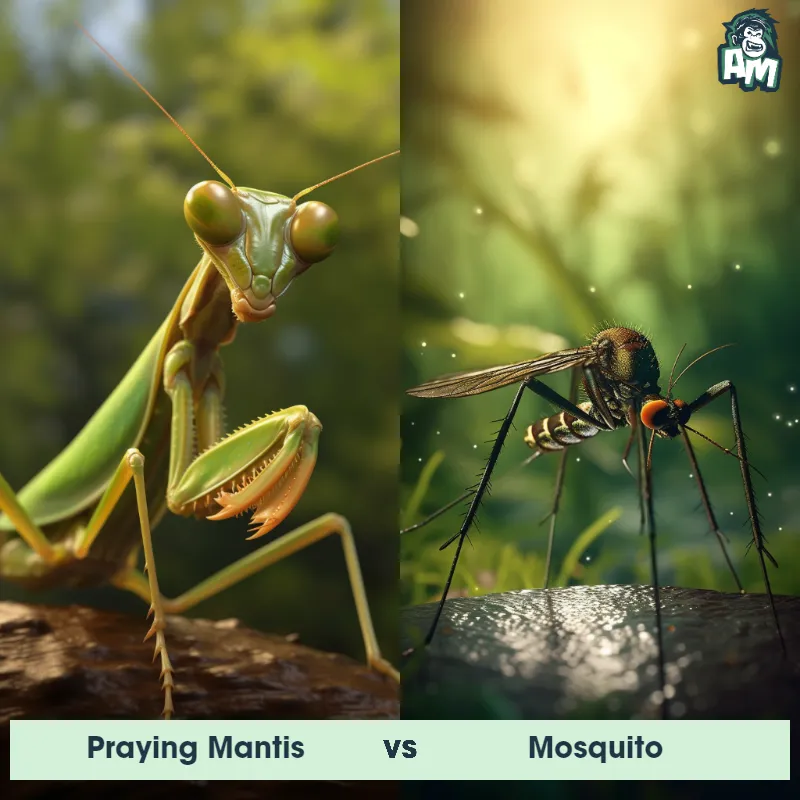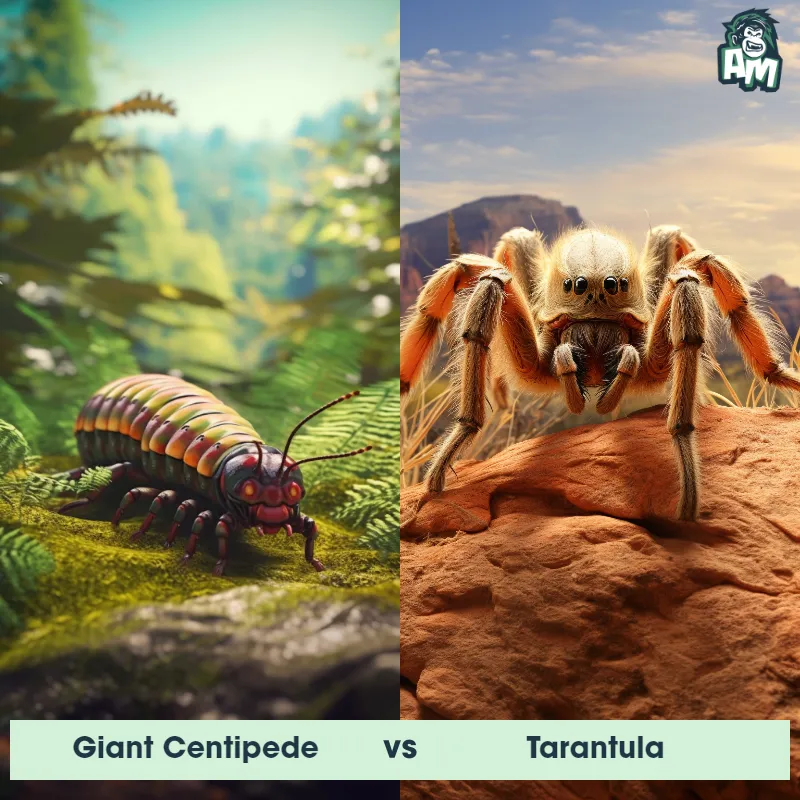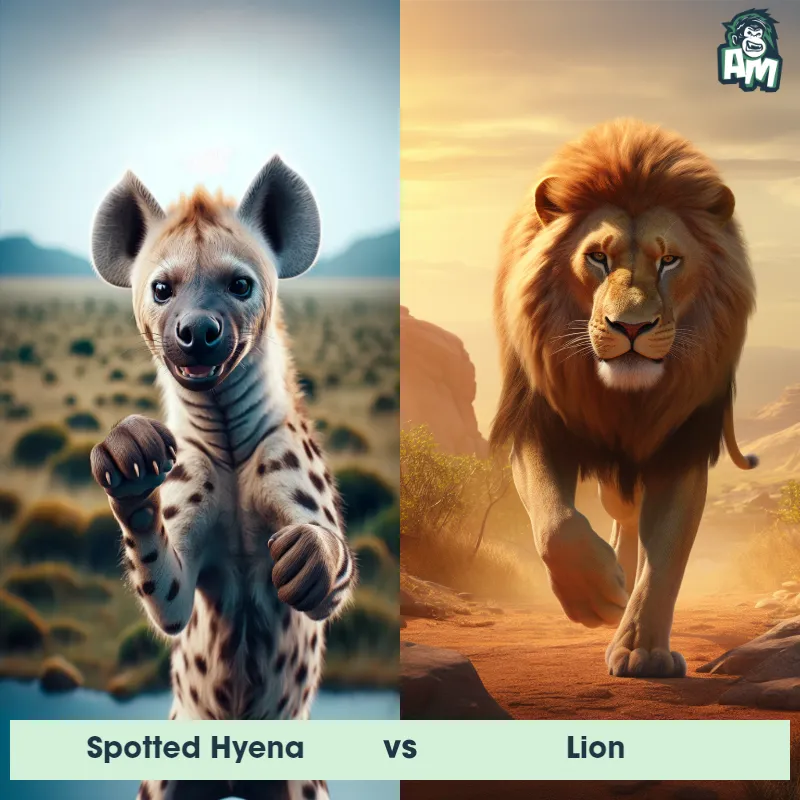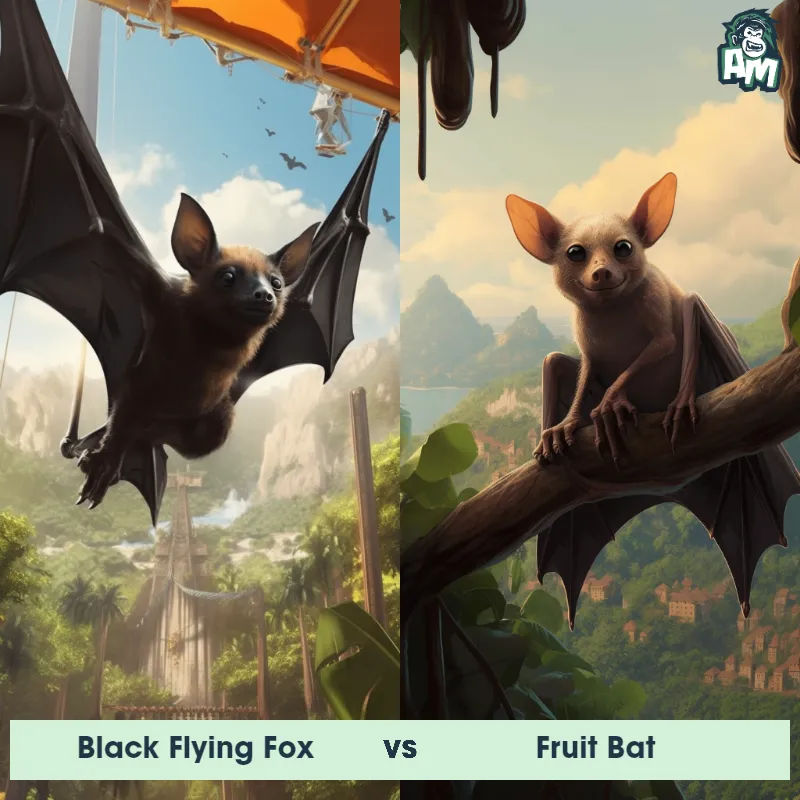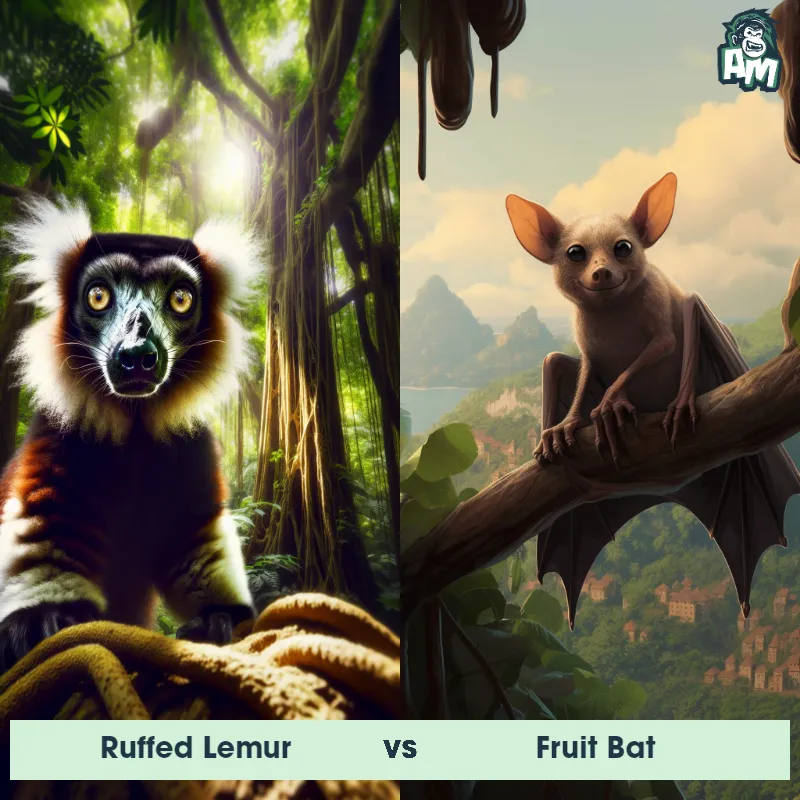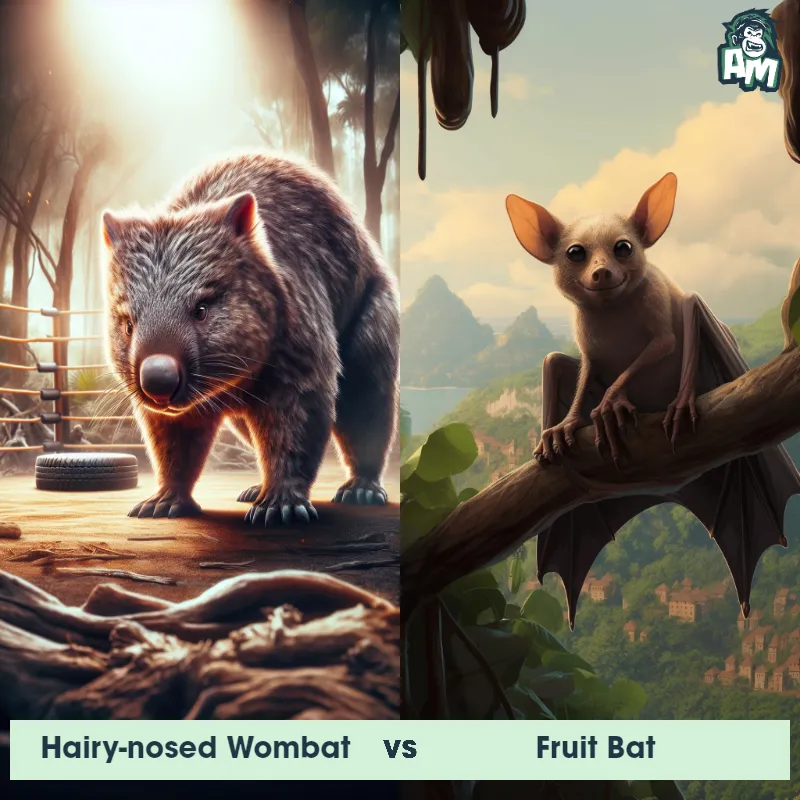Vampire Bat vs Fruit BatSee Who Wins

Welcome, folks, to the exciting matchup between the Vampire Bat and Fruit Bat! These two flying mammals are ready to show off their speed and agility in this three-round showdown. Let's see who will come out on top in this battle of the bats!
Contender 1: Vampire Bat
The Vampire Bat, scientifically known as Desmodus rotundus, is a small mammal native to Central and South America. Known for its blood-sucking antics, it has a distinct appearance with a wingspan that can measure up to 8 inches and a body length of about 3 inches. Its fur typically ranges from dark brown to reddish-brown, and it has large ears and a short, snout-like face. These bats have sharp front teeth and highly specialized salivary glands to help them extract blood from their prey. They live in colonies and are mostly active during the night, relying on echolocation to navigate and locate their next meal.
![[object Object] Gif](https://tenor.com/view/crawling-worlds-weirdest-bat-appreciation-day-checking-out-slowly-observing-gif-21096667.gif)
Fun Fact: Contrary to popular belief, Vampire Bats do not actually suck blood; instead, they make a small incision with their razor-sharp teeth and lap up the blood that flows from the wound due to the anticoagulant properties of their saliva, ensuring a steady meal without their prey even noticing.
Contender 2: Fruit Bat
Fruit Bats, also known as Flying Foxes, are a type of bat that are found in tropical and subtropical regions around the world. They are known for their large size, with some species having a wingspan of up to 5 feet. Fruit Bats have a unique appearance, with large eyes and a long snout that is adapted for eating fruit. They are also known for their ability to navigate using echolocation, which allows them to locate food and avoid obstacles in the dark.
Fun Fact: Fruit Bats are important pollinators and seed dispersers for many tropical plants, including bananas, mangoes, and figs.
Matchup Stats
| Vampire Bat | Fruit Bat | |
|---|---|---|
| Size | Wingspan: Up to 8 inches (20 cm); Body length: About 3 inches (7-9 cm) | Wingspan up to 5 feet (1.5 meters) |
| Weight | About 0.5 to 1 ounce (16-32 grams) | Up to 2.2 pounds (1 kilogram) |
| Speed | 60 mph (97 km/h) | Speed: 20 mph (32.19 km/hr) |
| Key Strength | Agility and maneuverability in flight | Flight and sharp teeth |
| Biggest Weakness | Vulnerable when grounded or in close quarters | Vulnerable to predators while roosting |
Current Votes
Vampire Bat vs Fruit Bat
See Who Wins
View More Matches
Looking For More?
Similar Matches
Scientific Stats
| Vampire Bat | Fruit Bat | |
|---|---|---|
| Scientific Name | Desmodus rotundus | Pteropodidae |
| Family | Phyllostomidae | Pteropus |
| Habitat | Caves, hollow trees, and other sheltered areas | Tropical and subtropical regions |
| Geography | Central and South America | Worldwide |
| Diet | Blood from other animals (hematophagy) | Fruit |
| Lifespan | 4 years - 9 years | 20 years - 30 years |
Key Differences between Vampire Bat and Fruit Bat
- Facial features: Vampire Bats have sharp, pointed snouts with small ears, while Fruit Bats have more rounded faces with larger ears.
- Wing shape: The wings of Vampire Bats are more elongated and adapted for faster flight, whereas Fruit Bats have shorter, broader wings suited for slower flying.
- Size: Vampire Bats are typically smaller in size compared to Fruit Bats.
- Color: Vampire Bats have dark brown or black fur, while Fruit Bats can range in color from brown to grey to reddish.
- Habitat: Vampire Bats are commonly found in Latin America and feed on the blood of mammals, while Fruit Bats are distributed across tropical regions worldwide.
- Diet: Vampire Bats feed on blood, while Fruit Bats primarily eat fruit, nectar, and pollen.




